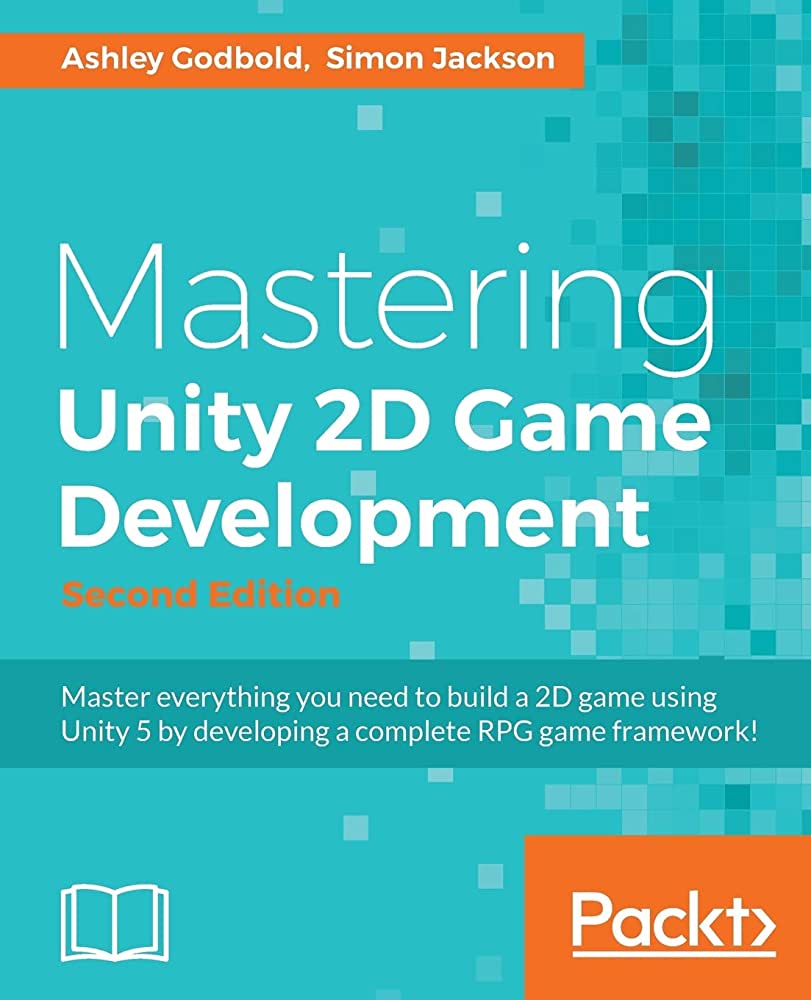This article explores the basics of using 2D and 3D graphics effectively in game development. 2D graphics are created using vector or raster graphics and are used for character designs, backgrounds, and user interfaces. 3D graphics require specialized software such as Autodesk Maya and are used for creating character designs, environments, and special effects. The article also recommends essential tools such as Adobe Creative Suite, Autodesk Maya, and Unity3D to master 2D and 3D graphics in game development. Tips for mastering 2D and 3D graphics include starting small, learning the jargon, using references, and developing a unique graphic style.
Introduction
Game development is a complex process that requires mastery of 2D and 3D graphics. Understanding how these types of graphics work is crucial to successfully developing compelling and immersive games. In this article, we’ll explore the basics of 2D and 3D graphics and how to use them effectively in game development.
2D Graphics
2D graphics are a two-dimensional computer representation of an image. From simplistic drawings to complex animations, 2D graphics have been around for decades and have become a vital component in game development.
Creating 2D graphics is typically done using digital tools like Adobe Photoshop, Illustrator, or Sketch. 2D graphics are created using vector or raster graphics. Vector graphics are created through mathematical equations, while raster graphics are made up of pixels.
2D graphics in games are used for several reasons, including character designs, backgrounds, and user interfaces. One of the biggest benefits of 2D graphics is they are easier to create and take less time to render than 3D graphics.
3D Graphics
3D graphics are three dimensional computer images that create an illusion of depth and perspective. This type of graphics is more complex than 2D graphics as they require technical skill and specialized software like Autodesk Maya, Blender, and 3D Studio Max.
3D graphics are created using polygons, which are flat surfaces that are connected to form three-dimensional objects. These objects can be manipulated, rotated, and scaled in a 3D workspace.
In-game development, 3D graphics take center stage in creating character designs, environments, and special effects. 3D graphics offer a more immersive experience for gamers as they provide a realistic view of the game world.
Tools for Mastering 2D and 3D Graphics in Game Development
To master 2D and 3D graphics in game development, you need to use the right tools. Here are some essential tools to consider:
1. Adobe Creative Suite
Adobe Creative Suite is a popular tool that offers a range of applications to create 2D graphics such as Adobe Photoshop and Illustrator. Adobe Creative Suite provides several features and functionalities that allow designers to create layered designs and vector graphics for gaming purposes.
2. Autodesk Maya
Autodesk Maya is one of the most popular 3D modelling software for game development, it offers numerous features such as character modeling, lighting, animation, and rigging. The software boasts a user-friendly interface making the learning curve for beginners easy.
3. Unity3D
Unity3D is an all-in-one game development tool that offers excellent 2D and 3D editing tools. It contains a wide range of features such as physics simulation, rendering, particle systems, and shaders. This popular software is ideal for experienced developers and also boasts a user-friendly interface making learning easier for beginners.
Tips for Mastering 2D and 3D Graphics in Game Development
Mastering 2D and 3D graphics in game development can be challenging, but here are some tips that will help:
1. Start Small
It is best to start with a simple design when mastering 2D and 3D graphics. Begin with objects that have a basic shape and learn how to manipulate them before moving on to more complex designs.
2. Learn the Terminology
To master 2D and 3D graphics in game development, it is essential to learn the jargon, such as polygons, texture maps, normals, and rigging. This will help you understand the software interface and make your work more professional.
3. Use References
Using real-life references or other game designs for inspiration can help you create unique and more realistic graphics. This practice helps to give depth, texture and other intricate details a design may require.
4. Develop Your Style
Creating a unique graphic style is an excellent way to make your game stand out. It is essential to experiment with various styles to find the one that works for you.
Conclusion
Mastering 2D and 3D graphics is crucial for game developers who seek to produce compelling and immersive games. Understanding the basics of these types of graphics and using the right tools is crucial in developing attractive and engaging games. By following the tips above, you can enhance your skills and take your game development to the next level.
